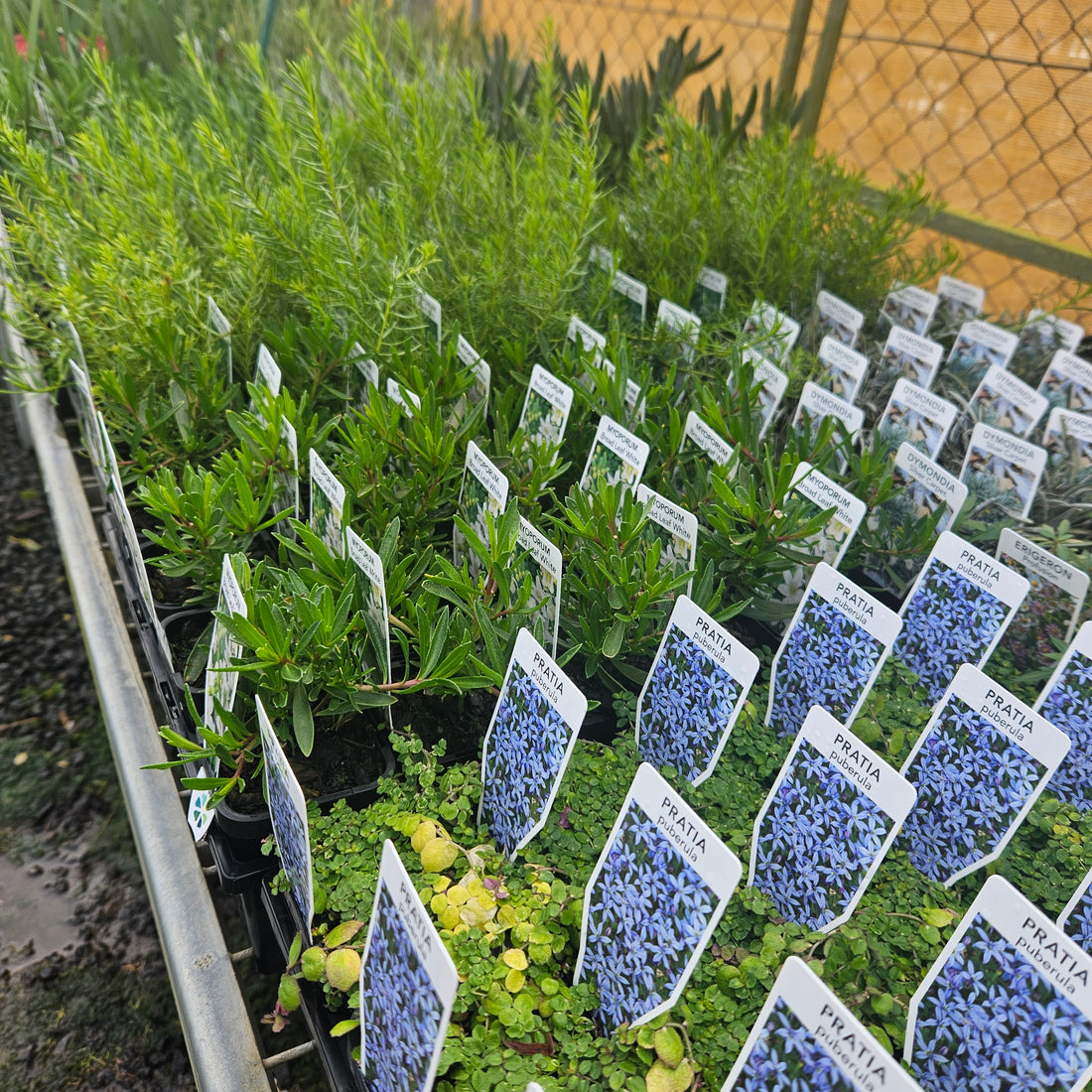
Elegant and Hardy Leopard Tree (Caesalpinia ferrea) 2024
Share
Elegant and Hardy Leopard Tree (Caesalpinia ferrea) 2024
Last updated 10/09/2024
The Leopard Tree (Caesalpinia ferrea), also known as Brazilian Ironwood, is a striking ornamental tree known for its distinctive mottled bark and elegant form. This versatile tree is perfect for providing shade, adding visual interest to landscapes, and creating a unique focal point in gardens. In this blog post, we will explore the benefits, planting tips, and care guide for the Leopard Tree. For high-quality Leopard Trees, visit Wholesale Plants.
Key Features of the Leopard Tree
The Leopard Tree is celebrated for its unique characteristics and ornamental value:
Distinctive Bark
- Mottled Appearance: The tree boasts smooth bark with striking, mottled patterns in shades of cream, green, and brown, resembling a leopard’s spots.
- Seasonal Shedding: The outer bark peels away in irregular patches, revealing fresh, colorful bark underneath.
Elegant Form
- Graceful Canopy: The tree has an open, spreading canopy with fine, feathery foliage that provides dappled shade.
- Showy Flowers: The tree produces clusters of bright yellow flowers in spring and summer, followed by attractive seed pods.
Versatility
- Shade Tree: Provides ample shade with its broad canopy, making it a perfect addition to gardens, parks, and streetscapes.
- Specimen Planting: Ideal as a standalone ornamental tree for a focal point in landscapes.
- Urban Tolerant: Adaptable to urban environments, tolerating pollution and compacted soils.
Ideal Growing Conditions
Ensuring the right growing conditions will help your Leopard Tree thrive.
Sunlight
- Full Sun: Prefers full sun for optimal growth and flowering. Ensure it receives at least 6-8 hours of sunlight per day.
Soil
- Well-Drained Soil: Thrives in well-drained, fertile soil. It can tolerate various soil types, including sandy, loamy, and clay soils.
- pH Range: Ideally, the soil should be slightly acidic to neutral.
Watering
- Regular Watering: Keep the soil consistently moist during the plant’s establishment phase. Once established, it is moderately drought-tolerant but benefits from regular watering during dry spells.
Climate
- Temperature Range: Suitable for warm, temperate to subtropical climates. Can tolerate light frosts but should be protected from severe cold.
Planting Guide for Leopard Tree
Proper planting is crucial for the successful growth of the Leopard Tree.
Location
- Chosen Spot: Select a sunny location with well-drained soil.
Soil Preparation
- Amend Soil: Enrich the planting area with organic compost to improve fertility and drainage.
Planting Steps
- Digging the Hole: Dig a hole twice the width of the plant's root ball and the same depth.
- Spacing: Space the trees about 5-6 meters apart to allow plenty of room for them to grow and spread.
- Planting: Place the tree in the hole, ensuring the top of the root ball is level with the surrounding soil. Backfill with soil, firming gently as you go.
- Watering: Water thoroughly after planting to settle the soil and eliminate air pockets.
- Mulching: Apply a layer of mulch around the base of the tree to retain moisture and suppress weeds, ensuring it doesn’t touch the trunk to prevent rot.
Care and Maintenance
The Leopard Tree requires regular care to keep it healthy and looking its best.
Watering
- Establishment Phase: Water regularly during the first few months to help the tree establish a strong root system.
- Mature Plants: Once established, water as needed. During dry spells, increase watering frequency to maintain lush growth.
Fertilizing
- Type: Use a balanced, slow-release fertilizer or organic compost.
- Frequency: Fertilize in early spring to support vigorous growth and flowering.
Pruning
- Timing: Prune in late winter or early spring to remove dead or damaged branches and encourage new growth.
- Method: Trim back overgrown areas to maintain the desired shape and size.
Pest and Disease Management
- Resilience: The Leopard Tree is generally hardy and resistant to pests and diseases. Regular monitoring and prompt action will help manage any issues that arise.
Benefits of the Leopard Tree
Investing in the Leopard Tree offers numerous benefits:
- Aesthetic Value: Its distinctive mottled bark, graceful canopy, and bright yellow flowers add visual interest and beauty to any garden or landscape.
- Shade Provider: Provides ample shade with its broad canopy, making it an excellent choice for large gardens and public spaces.
- Low Maintenance: Ideal for those who want a resilient tree that requires minimal care.
- Wildlife Attraction: The flowers attract bees and other pollinators, enhancing garden biodiversity.
Buying Leopard Trees
When purchasing Leopard Trees, ensure you get high-quality specimens from a reputable nursery. At Wholesale Plants, you will find premium-grade Leopard Trees ideal for any garden setting.
Why Buy from Wholesale Plants?
- Quality Assurance: High-quality plants cultivated to thrive in Australian conditions.
- Expert Advice: Access to gardening experts to help you choose the right plants and provide care tips.
- Convenience: Easy online ordering with delivery direct to your door.
Conclusion
The Leopard Tree is a versatile and elegant addition to any garden or landscape, offering aesthetic appeal, low maintenance, and varied uses. By following this guide, you can ensure your Leopard Tree thrives and enhances your environment. For high-quality Leopard Trees and comprehensive gardening supplies, visit Wholesale Plants.
